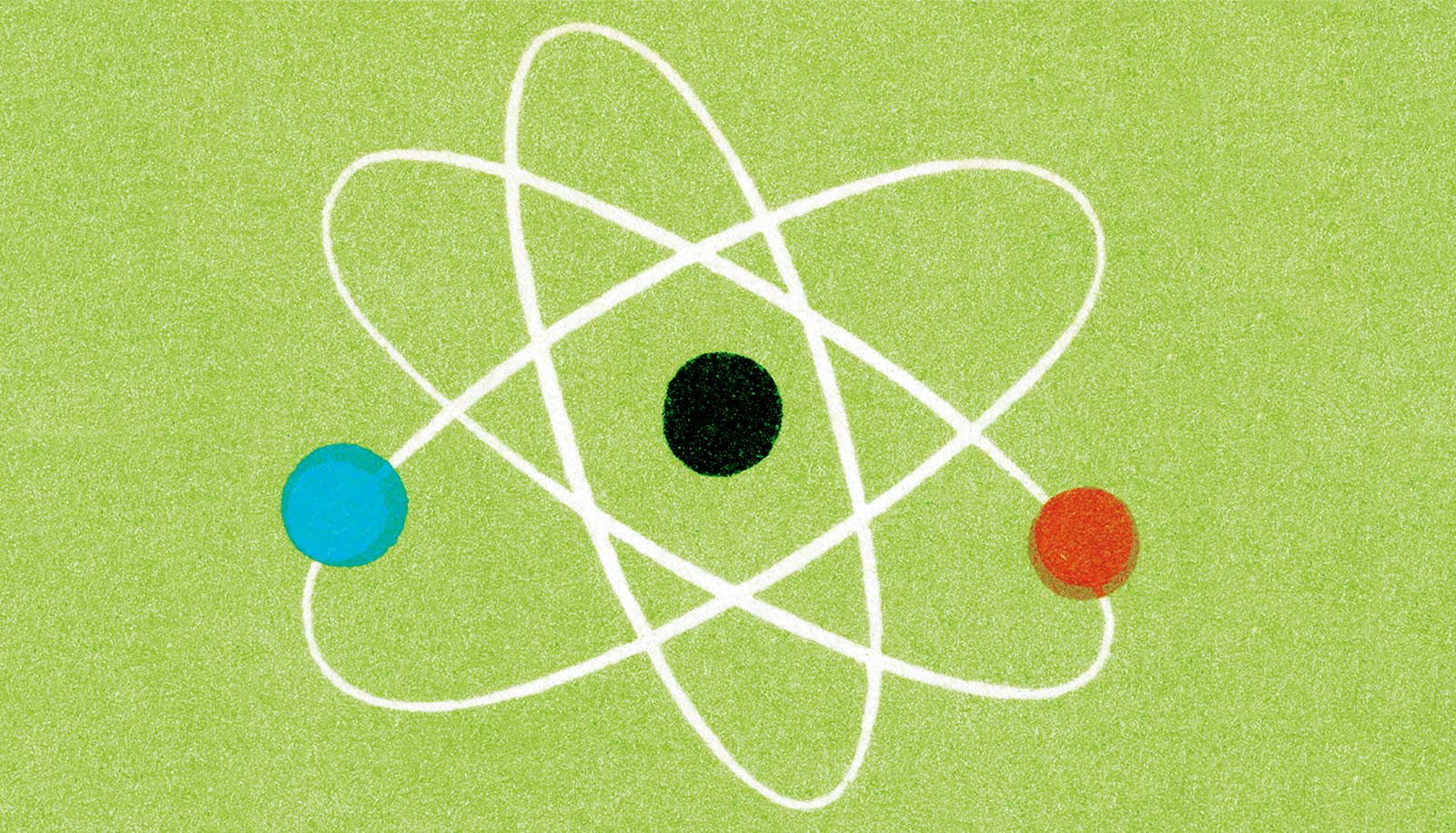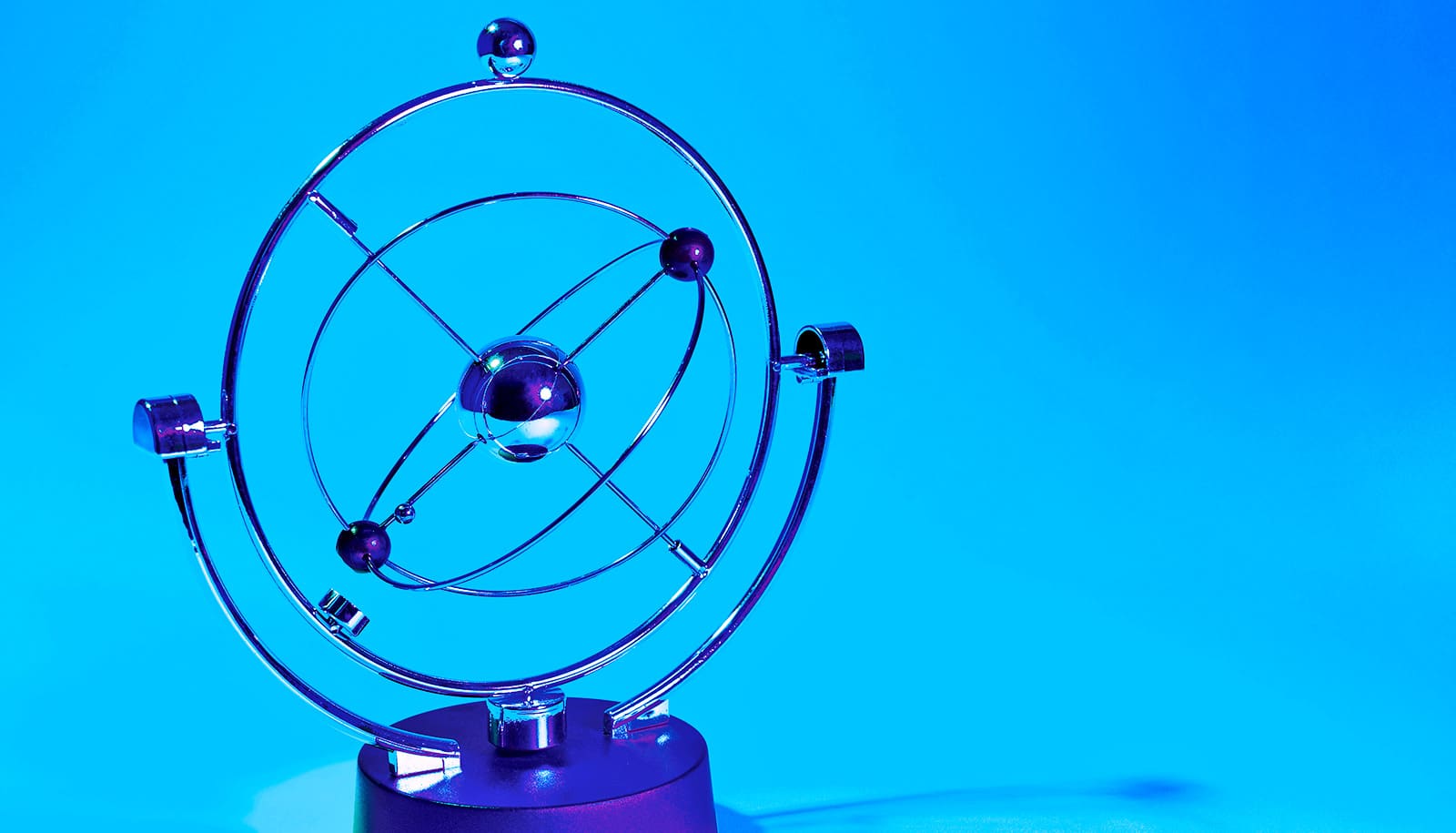Protons, the little positively-charged nuggets inside an atoms, are fractions of a quadrillionth of a meter smaller than anyone thought, according to new research.
In work they hope solves the contentious “proton radius puzzle” that has been roiling some corners of physics in the last decade, a team of scientists has addressed the question of the proton’s radius in a new way.
They discovered that it is 0.831 femtometers across, which is about 4% smaller than the best previous measurement using electrons from accelerators.
A single femtometer is 0.000000000000039370 inches imperial, if that helps, or think of it as a millionth part of a billionth part of a meter. And the new radius is just 80% of that.
But this is a big—and very small—deal for physicists, because this measure of the proton’s size will affect any precise calculation of energy levels in an atom, says Haiyan Gao, a professor of physics at Duke University.
Solving the puzzle
What the physicists actually measured is the radius of the proton’s charge distribution, but that’s never a smooth, spherical point, Gao explains. The proton is made of still smaller bits, called quarks, that have their own charges and those aren’t evenly distributed. Nor does anything sit still. So it’s kind of a moving target.
One way to measure a proton’s charge radius is to scatter an electron beam from the nucleus of an atom of hydrogen, which is made of just one proton and one electron. But the electron must only perturb the proton very gently to enable researchers to infer the size of the charge involved in the interaction. Another approach measures the difference between two atomic hydrogen energy levels. Past results from these two methods have generally agreed.
But in 2010, an experiment at the Paul Scherrer Institute replaced the electron in a hydrogen atom with a muon, a much heavier and shorter-lived member of the electron’s particle family. The muon is still negatively charged like an electron, but it’s about 200 times heavier, so it can orbit much closer to the proton.
Measuring the difference between muonic hydrogen energy levels, these physicists obtained a proton charge radius that is highly precise, but much smaller than the previously accepted value. And this started the dispute they’ve dubbed the “proton charge radius puzzle.”
To resolve the puzzle, Gao and her collaborators set out to do a completely new type of electron scattering experiment with a number of innovations. And they looked at electron scattering from both the proton and the electron of the hydrogen atom at the same time. They also managed to get the beam of electrons scattered at near zero degrees, meaning it came almost straight forward, which enabled the electron beam to “feel” the proton’s charge response more precisely.
Voila, a 4%-smaller proton. “But actually, it’s much more complicated,” Gao says, in a major understatement.
The work was done at the Department of Energy’s Thomas Jefferson National Accelerator Facility in Newport News, Virginia, using new equipment supported by both the National Science Foundation and the Department of Energy, and some parts that were purpose-built for this experiment. “To solve the argument, we needed a new approach,” Gao says.
Why smaller protons are important
Gao says she has been interested in this question for nearly 20 years, ever since she became aware of two different values for the proton’s charge radius, both from electron scattering experiments. “Each one claimed about 1% uncertainty, but they disagreed by several percent,” she says.
And as always in modern physics, had the answer not worked out so neatly, it might have called into question parts of the Standard Model of particle physics. But alas, not this time.
“This is particularly important for a number of reasons,” Gao says. The proton is a fundamental building block of visible matter, and the energy level of hydrogen is a basic unit of measure that all physicists rely on.
The new measure may also help advance new insights into quantum chromodynamics (QCD), the theory of strong interaction in quarks and gluons, Gao says. “We really don’t understand how QCD works.”
“This is a very, very big deal,” she says. “The field is very excited about it.”
The research appears in Nature. Funding for the work came from the US National Science Foundation and the US Department of Energy.
Source: Duke University



